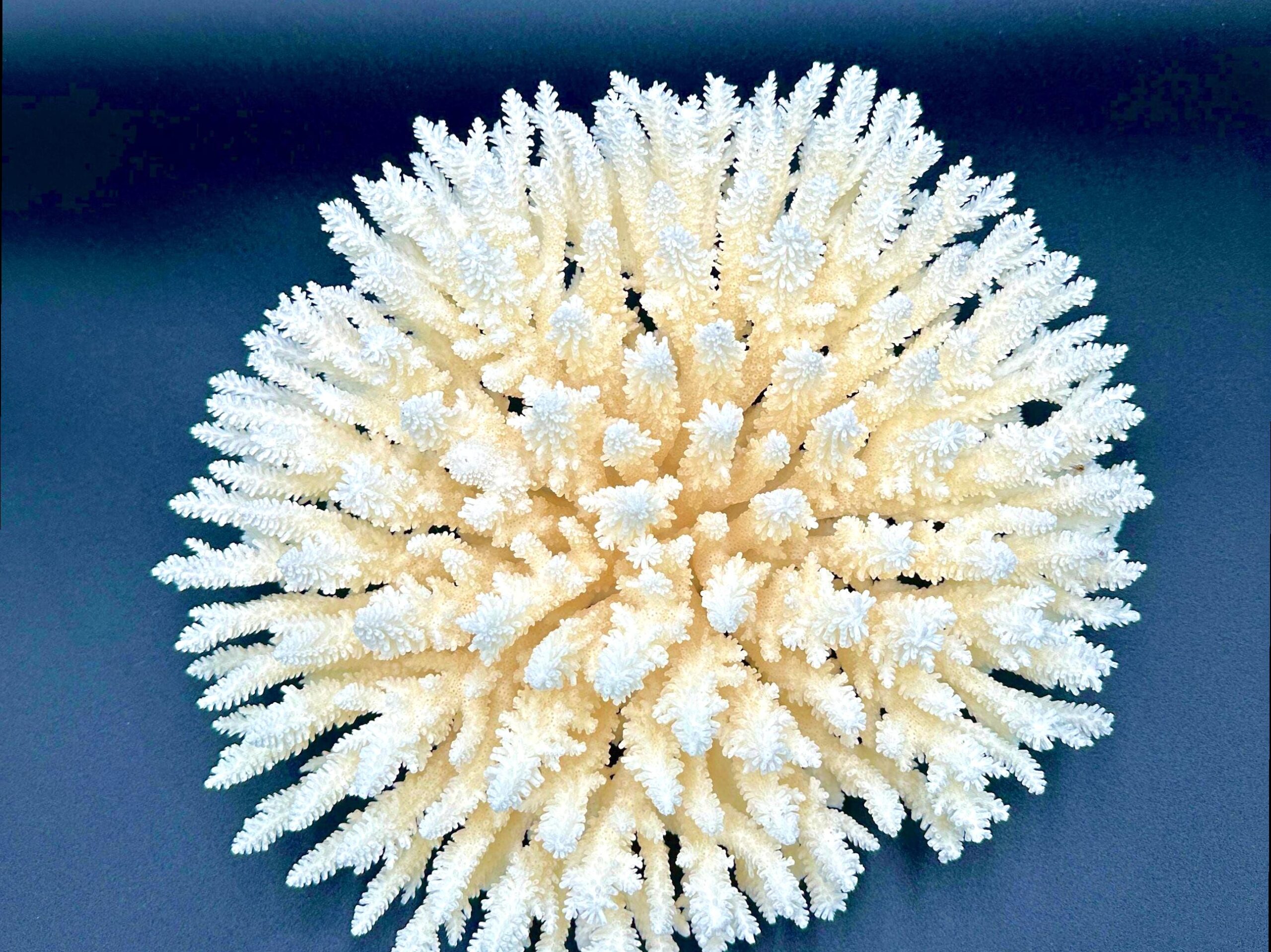
Visiting an oyster farm is not just about enjoying fresh oysters; it’s a unique opportunity to learn about the intricate process of oyster farming while indulging in the delicacies that come straight from the sea. This experience allows you to appreciate the hard work and dedication that goes into cultivating these beloved shellfish, making it both educational and delicious. Whether you are a seafood lover, a culinary enthusiast, or just curious about where your food comes from, a visit to an oyster farm can provide enriching insights and mouth-watering tastes.
Understanding Oyster Farming

Oyster farming, also known as oyster aquaculture, involves cultivating oysters in a controlled environment, aimed at producing a sustainable source of seafood. Farmers typically use techniques like bottom culture, rack and bag culture, or suspended lines to grow oysters in estuaries or coastal waters. Understanding the lifecycle of an oyster is essential as they begin as tiny larvae and grow into mature shellfish over several months. The farm’s location plays a crucial role in determining the quality and flavor of the oysters, as nutrient-rich waters often yield the finest specimens.
During your visit, you’ll learn how different environmental factors, including salinity, water temperature, and tidal flows, impact the growth of oysters. Farmers maintain optimal conditions by monitoring these factors daily and adjusting their practices accordingly. The sustainable nature of oyster farming is also worth noting; oysters filter the water as they feed, which promotes a cleaner marine environment. This symbiotic relationship helps support local ecosystems and highlights why many farms prioritize environmentally friendly practices.
The Process of Harvesting Oysters
The harvest period is one of the most exciting aspects of an oyster farm visit. As you tour the farm, you will witness the various steps involved in collecting oysters, from pulling up cages or bags filled with shellfish to washing and sorting them. Harvesting oysters is labor-intensive and requires special care to ensure the oysters remain intact and healthy. Skilled workers carefully handle the oysters, as damage can affect their quality significantly.
After harvesting, the oysters go through a grading process, based on size, shape, and quality. You’ll likely see a variety of oyster sizes, ranging from petite East Coast types to larger West Coast varieties. Each type of oyster possesses its unique flavor and texture, influenced by its habitat and the farming techniques used. The oysters are then placed in cooling units to maintain their freshness before they’re sent to local restaurants and markets.

Tasting Fresh Oysters
One of the highlights of visiting an oyster farm is, without a doubt, tasting fresh oysters right at the source. Many farms offer on-site tasting experiences, where visitors can indulge in freshly shucked oysters served with a variety of accompaniments, such as mignonette sauce, lemon, or hot sauce. The taste of a freshly harvested oyster is incomparable; you can truly savor the briny essence of the sea with each bite.
During the tasting session, knowledgeable staff often provide insights about the specific types of oysters, explaining their unique flavor profiles and the best ways to enjoy them. For instance, some may be sweet and creamy, while others are bold and briny. Pairing oysters with different beverages – such as crisp white wines or light lagers – can enhance the tasting experience further. Many farms take pride in their educational tastings, making it both an enjoyable and informative event that highlights the richness of oyster culture.
Enhancing Your Visit: What to Expect

Before visiting an oyster farm, it’s essential to be well-prepared to maximize your experience. Here are some things to keep in mind:
- Dress Appropriately: Wear comfortable shoes and clothing suitable for outdoor activity. You might be walking on muddy or wet surfaces.
- Check for Tours: Many farms offer guided tours, so it’s worth checking their schedule ahead of time.
- Be Ready to Learn: Engage with the farmers and ask questions to get the most out of your visit.
- Don’t Rush the Tasting: Savor each oyster as you taste; take note of the flavors and textures.
- Purchase Fresh Oysters: Many farms allow you to buy oysters to take home, ensuring you can enjoy the experience later.
Conclusion
A visit to an oyster farm not only satisfies your palate but also enriches your understanding of aquaculture and sustainability. Learning about the meticulous farming methods used to cultivate oysters provides insight into why they are considered a delicacy. Plus, there’s nothing quite like the experience of tasting fresh oysters straight from the water, complemented by breathtaking seaside views. Make it a point to find an oyster farm near you and immerse yourself in the world of oyster farming; it’s an excursion that promises to be both informative and delicious.
FAQs
1. Do I need to make a reservation for an oyster farm tour?
It’s recommended to make a reservation beforehand, especially during peak tourist seasons, as tours can fill up quickly.
2. Are children welcome at oyster farms?
Many oyster farms are family-friendly and welcome children, providing a great educational experience for all ages. However, parents should check specific farm policies.
3. Can I buy oysters to take home?
Yes, most oyster farms offer fresh oysters for sale, allowing you to enjoy them in your own culinary creations.
4. What should I bring to an oyster farm visit?
Bring sunscreen, a hat for sun protection, comfortable shoes, and an appetite for fresh seafood. If you plan on purchasing oysters, it’s helpful to bring an insulated cooler to keep them fresh during transport.



